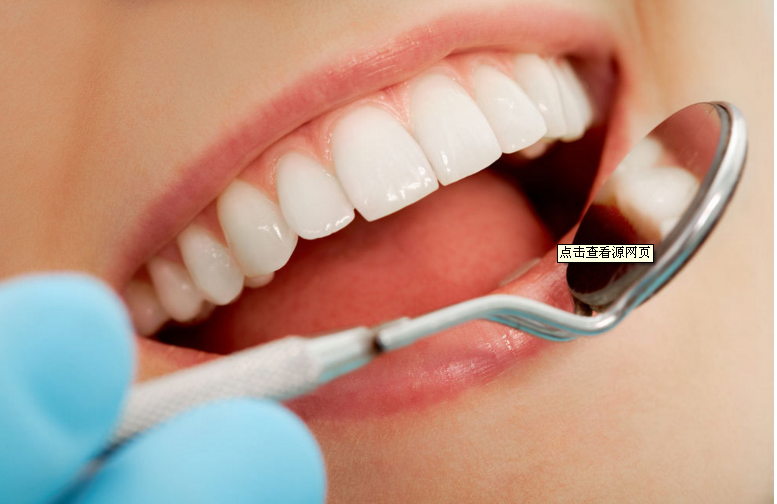
Enamel(釉质) is something hard covering a tooth. If it doesn’t form properly, a child can develop cavities(蛀牙) and other problems. A dentist can repair these defects. But there is no way to fix the changed gene instructions responsible for weakening the enamel in the first place. “This enamel defect now affects 15 to 20 percent of children aged 6 to 9,” says Sylvie Babajko, a biologist from Paris, France. In some parts of the world, as many as 40% of children may have this weakened enamel, she notes. But where it’s been studied well, about 18% are affected.
There are two types of hormones(激素). One is estrogens, known as female sex hormones, and the other one is androgens known as male sex hormones. Both of them control the cells that make tooth enamel.
Over the past few years, Babajko, Katia Jedeon and their team found two pollutants could promote defects in enamel. One chemical was vinclozolin, which can prevent the action of the androgen known as testosterone(睾丸素). But except farm workers, most people don’t meet with this chemical. The other pollutant is BPA, short for bisphenol A, which can affect the action of testosterone. BPA is used to make everything from eyeglasses to kitchen bowls. Some 16,000 different food and drink products use BPA in their packaging.
Kids are most likely to be harmed by BPA very early in life, Babajko says. So for its new study, Babajko’s team exposed pregnant rats to BPA or vinclozolin. Once the babies were born, they were exposed for another month. The researchers then examined cells and their genes in those pups. BPA and vinclozolin both changed a small group of genes, the data show. These genes are directly involved in the enamel-making of teeth. As a result, Babajko now concludes, BPA may be leading to the weakening of enamel quality.
It isn’t yet possible to know for sure if BPA is responsible for weakened tooth enamel. But scientists say there is enough evidence to make further research important.
1.What’s the root cause of enamel defects?
A Cavities.
B Improper formation.
C A lack of hormones.
D Changed gene instructions.
解析:选D。D 推理判断题。根据第一段的“But there is no way to fix the changed gene instructions responsible for weakening the enamel in the first place.”可知最根本上导致釉质变弱的是基因指令。故选D。
2.What is the similarity between vinclozolin and BPA?
A Both are very common in life.
B Both are androgen promoters.
C Both may encourage enamel defects.
D Both can reduce hormones in the body.
解析:选C。C 细节理解题。根据第三段中的“two pollutants could promote defects in enamel”“One chemical was vinclozolin”以及“The other pollutant is BPA”可知它们都可能导致牙釉质缺陷。故选C。
3.What does the underlined word “pups” in Paragraph 4 refer to?
A Eyeglasses.
B Kitchen bowls.
C Pregnant rats.
D Baby rats.
解析:选D。D 词意指代题。根据第四段中,为了证明新生儿童更容易受到BPA的伤害,Babajko的团队用怀孕的老鼠进行了实验,幼鼠出生后,他们把幼鼠暴露在BPA一个月,然后对幼鼠的细胞和基因进行检测。即pups指的是幼鼠。故选D。
4.What’s a right approach to protecting enamel according to Babajko’s research?
A Eating healthily for hormones.
B Working out on a regular basis.
C Reducing the use of products containing BPA.
D Choosing products with eco-packaging.
解析:选C。C推理判断题。根据倒数第二段As a result, Babajko now concludes, BPA may be leading to the weakening of enamel quality.可知,既然BPA有可能导致牙釉质疾病,并且前文第三段提到很多物品及包装中含有BPA,故减少使用含有BPA的产品即是保护牙釉质的正确方法。故选C。